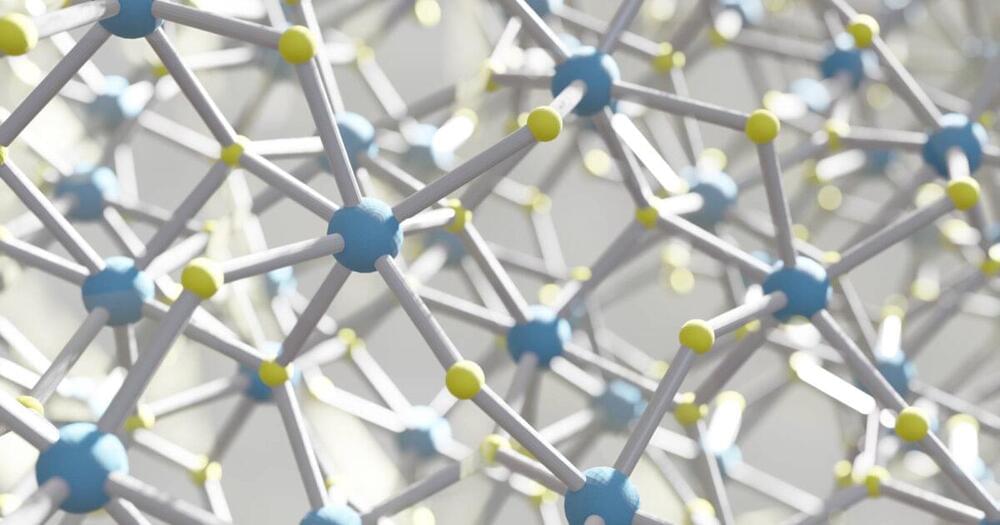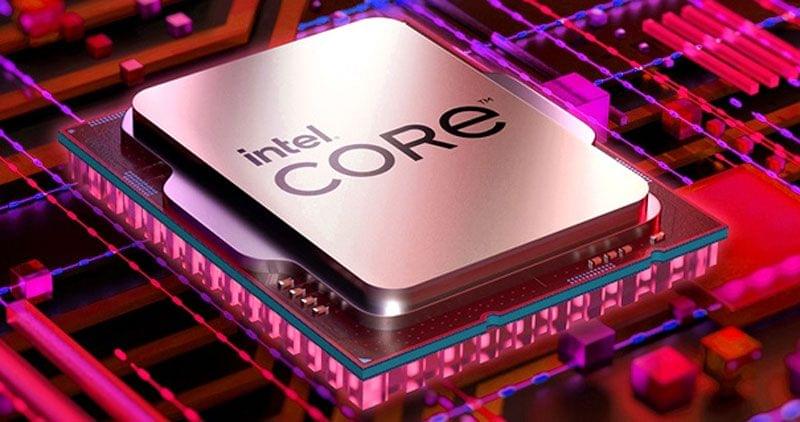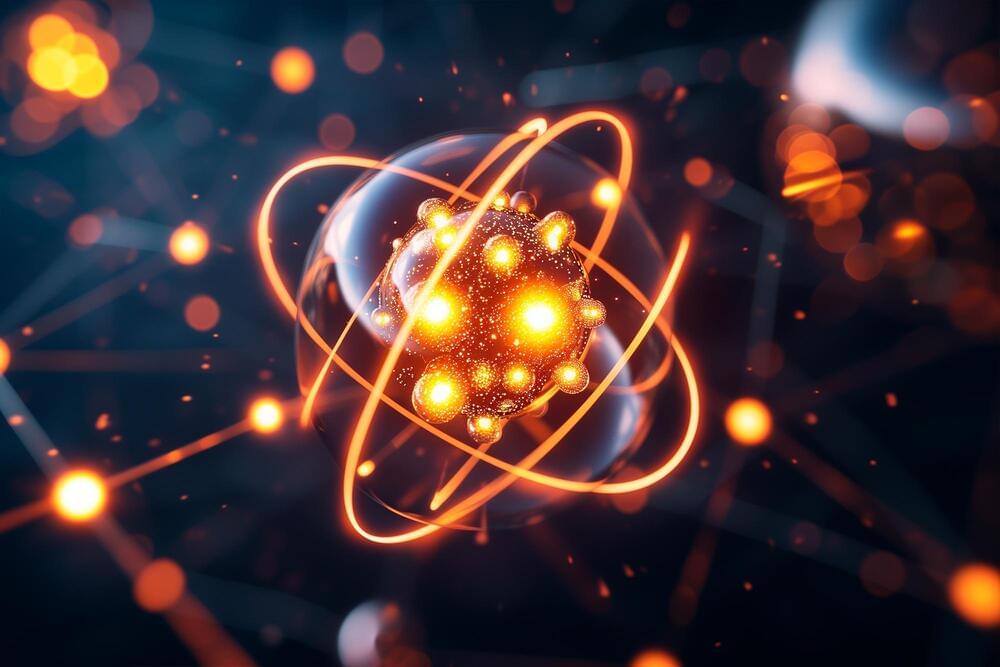Tunneling is one of most fundamental processes in quantum mechanics, where the wave packet could traverse a classically insurmountable energy barrier with a certain probability.
On the atomic scale, tunneling effects play an important role in molecular biology, such as accelerating enzyme catalysis, prompting spontaneous mutations in DNA and triggering olfactory signaling cascades.
Photoelectron tunneling is a key process in light-induced chemical reactions, charge and energy transfer and radiation emission. The size of optoelectronic chips and other devices has been close to the sub-nanometer atomic scale, and the quantum tunneling effects between different channels would be significantly enhanced.








